Beauty Rituals Passed Down: The Heritage of Black Skincare and Haircare
The rich tapestry of Black beauty rituals is a kaleidoscope of traditions, innovations, and cultural significance. Rooted in ancestral knowledge and passed down through generations, these beauty practices encompass more than just skincare and haircare; they represent identity, resilience, and community.
The Importance of Heritage in Beauty
Heritage plays a crucial role in the way beauty is perceived and practiced within the Black community. For many, beauty is closely linked to self-acceptance and pride in one’s heritage. The history of African civilizations is punctuated by a deep appreciation for beauty, one that found expression in art, adornment, and self-care.
Beauty rituals within Black cultures often emphasize the relationship between the individual and nature. Traditional ingredients—often sourced from local environments—have been integral to these practices. Embracing natural elements often signifies a connection to ancestry and the Earth, reinforcing the idea that beauty is not merely superficial but deeply rooted in cultural identity.
Historical Context
To truly appreciate the beauty rituals in Black skincare and haircare today, it is essential to consider the historical context in which these practices evolved. Historically, African societies prioritized skincare and haircare, viewing them as forms of self-expression and cultural pride. For instance, many African ethnic groups utilized specific oils, butters, and plant extracts for both cosmetic and medicinal purposes.
Ancient Traditions
In ancient Egypt, beauty was deeply intertwined with spirituality, and the famous beauty of figures like Nefertiti is still celebrated today. Egyptians relied on natural resources such as castor oil, kohl, and essential oils for both skincare and haircare. The wisdom of these practices has been passed down and adapted through generations, shaping contemporary beauty norms.
The Impact of Colonialism
The transatlantic slave trade disrupted these traditions, forcing many African descendants to adapt to a new world where their natural beauty was often marginalized. Slave narratives frequently mention how enslaved women were subjected to harsh stereotypes that deemed their hair “unprofessional” or “unrefined.” This created a multitude of internalized beauty standards that persisted even after emancipation.
Nonetheless, Black women found ways to maintain their cultural beauty standards, transforming pain into power. The struggle against mainstream beauty norms gave birth to unique rituals celebrating natural hair textures, skin tones, and traditional practices, which would eventually pave the way for the rise of natural beauty movements in the late 20th and early 21st centuries.
Skincare Rituals
Black skincare routines often incorporate a variety of natural ingredients, many of which are celebrated for their restorative properties. Below, we explore some traditional elements and their modern adaptations.
Natural Ingredients
-
Shea Butter: Derived from the nuts of the shea tree, this luxurious butter has been utilized for centuries for its moisturizing, anti-inflammatory, and healing properties. It is a staple in many African societies, where it is used to soothe dry skin and protect against harsh climates.
-
Coconut Oil: Commonly used in both cooking and beauty, coconut oil is celebrated for its antibacterial, antifungal, and hydrating properties. Many families pass down recipes for oil blends containing coconut oil and other essential oils, typically prepared with traditional rituals.
-
Black Soap: A staple in West African beauty routines, black soap is made from the ash of cocoa pods, plantain skins, and palm tree leaves. It is revered for its natural cleansing capabilities and is often used to treat various skin conditions.
-
Aloe Vera: Known for its soothing and hydrating properties, aloe vera has been used for generations as a remedy for sunburn, dry skin, and minor wounds. Families often grow aloe plants at home to have easy access to this natural remedy.
Modern Applications
While many women still adhere to traditional skincare routines, the global beauty industry has recognized the rich potential of these natural ingredients. Brands like SheaMoisture and Carol’s Daughter have made a commitment to the heritage of Black beauty by sourcing natural ingredients and promoting Africa’s beauty traditions. The incorporation of these traditional items into contemporary formulations speaks volumes about the resilience of heritage practices in the face of modern consumerism.
Haircare Rituals
The history of Black hair is intricate and layered. Hair is not just a physical trait but an expression of culture, history, and identity. In recent decades, there has been a resurgence in celebrating natural Black hair, and the revival of traditional haircare rituals has played a significant role in this movement.
Traditional Practices
-
Braiding: An ancient expression of identity and creativity, braiding is more than just a hairstyle; it is a means of storytelling, a social bond, and a spiritual practice. Various braiding techniques have been passed down through generations, often accompanied by family gatherings and shared experiences.
-
Hair Oils: Similar to skincare, oils play a vital role in maintaining healthy hair. Natural oils like jojoba, olive, and castor oil are often used for hair growth and moisture retention. Families would often create personalized blends that involve essential oils, passed down from mother to daughter.
-
Hot Combing: This practice, though controversial, was once a way to achieve straight, polished hair. Traditionally, hot combing involved using a metal comb heated over a flame, often accompanied by rituals that reinforced community and familial bonds.
Modern Movements
The natural hair movement of the 21st century has reignited interest in these beauty rituals. Social media platforms such as Instagram and YouTube have provided a stage for individuals to share their hair journeys, encouraging self-acceptance and appreciation of natural textures.
Influencers and vloggers have popularized techniques like the “wash and go,” braid-outs, and twist-outs, often featuring traditional ingredients like shea butter and coconut oil. The movement has led to increased market demand for natural hair products, as brands strive to elevate and represent the needs of Black consumers.
The Role of Community
In Black culture, beauty rituals often serve as communal experiences, where generations come together to share knowledge and techniques. These gatherings create spaces for storytelling and bonding, passing down not only beauty secrets but also lessons and cultural values.
Family Gatherings
Family beauty rituals are often accompanied by gatherings where women of all ages come together to share love, laughter, and experience. These moments serve as priceless opportunities for mentorship, where younger generations can learn from the lived experiences of elder relatives.
Cultural Festivals
Community events and cultural festivals often showcase traditional skincare and haircare practices, allowing families to engage and share their heritage with the wider community. These events celebrate cultural pride and resilience, creating spaces for education and awareness.
The Future of Black Beauty
As society continues to evolve, so do the beauty practices within the Black community. With increased representation in media and modern retail, the diaspora’s richness and diversity in beauty rituals continue to gain acknowledgment and appreciation.
The Impact of Technology
Technology has played a pivotal role in shaping the future of beauty practices. Social media allows for rapid exchange of beauty information across cultures, enabling the mixing of traditional practices with modern trends. Video tutorials and online communities create platforms for sharing heritage while embracing innovation.
Sustainable Practices
Many contemporary Black beauty brands are also focusing on sustainability by sourcing ingredients responsibly and ensuring fair trade practices. This not only empowers local communities but also aligns with growing concerns for environmental impact—celebrating heritage is evolving alongside a commitment to ethical standards.
Embracing Individuality
The modern era encourages Black individuals to embrace their unique beauty rather than conforming to narrow standards. This self-love movement is intensely personal yet community-based, providing space for individuals to express their identities.
Conclusion
The beauty rituals passed down through generations in the Black community are rich with meaning and significance. They encapsulate the resilience, creativity, and diversity rooted in heritage. By celebrating these rituals, the community affirms its identity in an ever-changing world that often seeks to erase it.
As we continue to explore and appreciate the complexities of skincare and haircare, it is vital to acknowledge the historical context and cultural heritage that enrich these practices. They are not merely beauty routines but vital expressions of identity and community that transcend generations.
Black beauty, rooted deeply in tradition yet evolving with the times, reminds us of the importance of celebrating individual and collective identities. It encapsulates the spirit of resilience, love, and heritage, fortifying the idea that beauty, in all its forms, should be loved, celebrated, and honored.
In an age of globalization, it is our collective responsibility to ensure that these traditions are shared, honored, and preserved—teaching the next generation the invaluable lessons hidden within the nuances of Black skincare and haircare rituals.
Footnotes
- Cheung, L. (2020). The Beauty of Cultural Heritage: Understanding the Importance of Natural Ingredients.
- Williams, R. (2022). From Ancestry to Authenticity: The Reclamation of Black Beauty.
- Johnson, T. (2019). Hair Heritage: Tracing the Cultural Roots of Black Hair Care.
- Moore, C. (2018). Rituals of Resilience: The Role of Community in Black Beauty Practices.
- Smith, A. (2021). The Evolution of Natural Hair: A Cultural Perspective.
This article synthesizes various perspectives and narratives, framing a comprehensive understanding of Black beauty rituals while acknowledging their historical roots and modern adaptations.















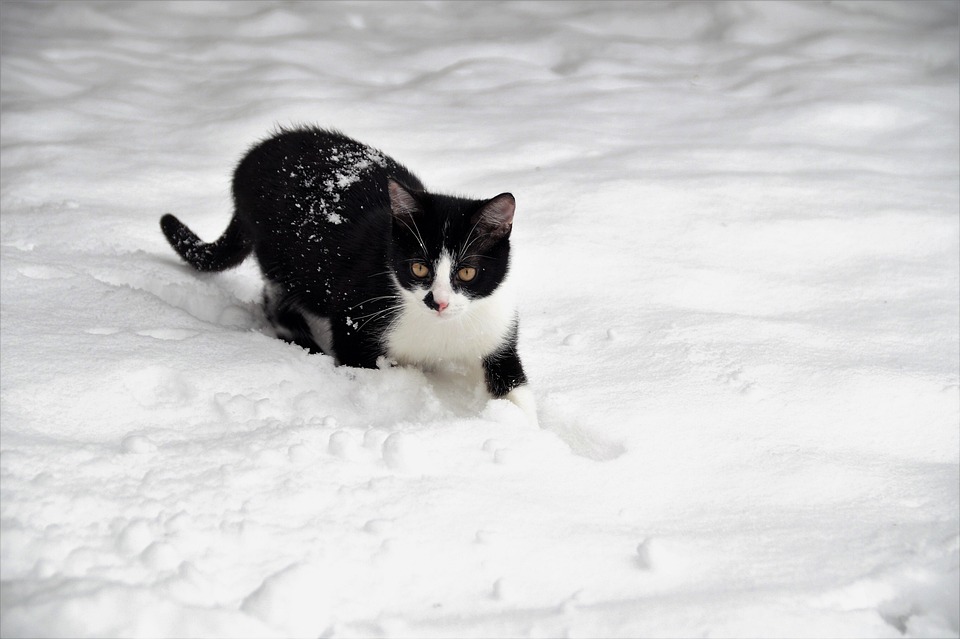
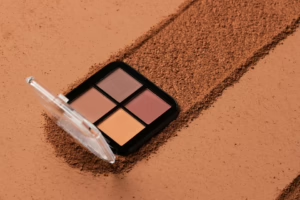
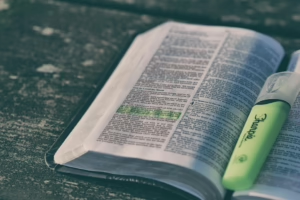
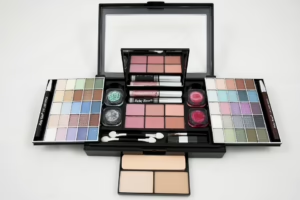
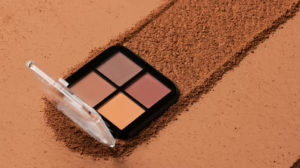
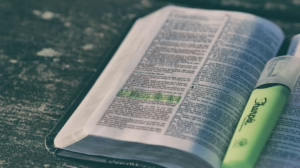
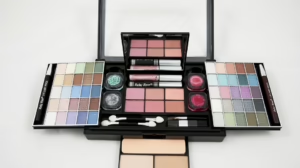




Add Comment